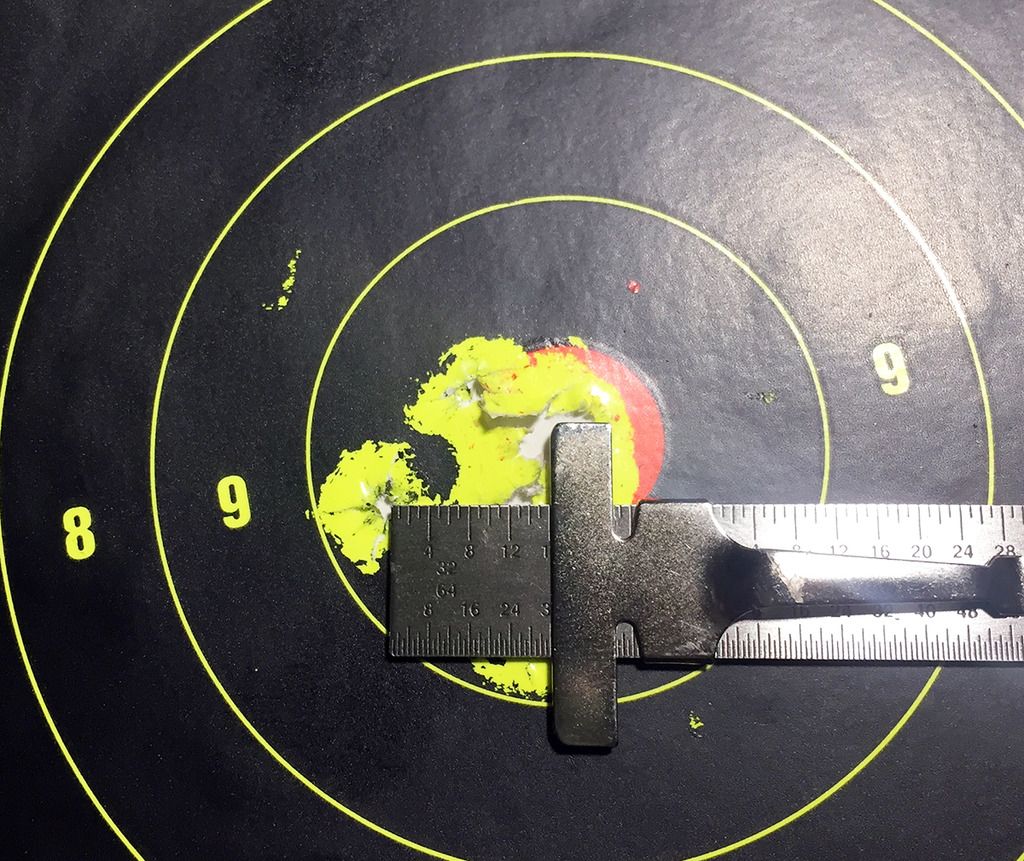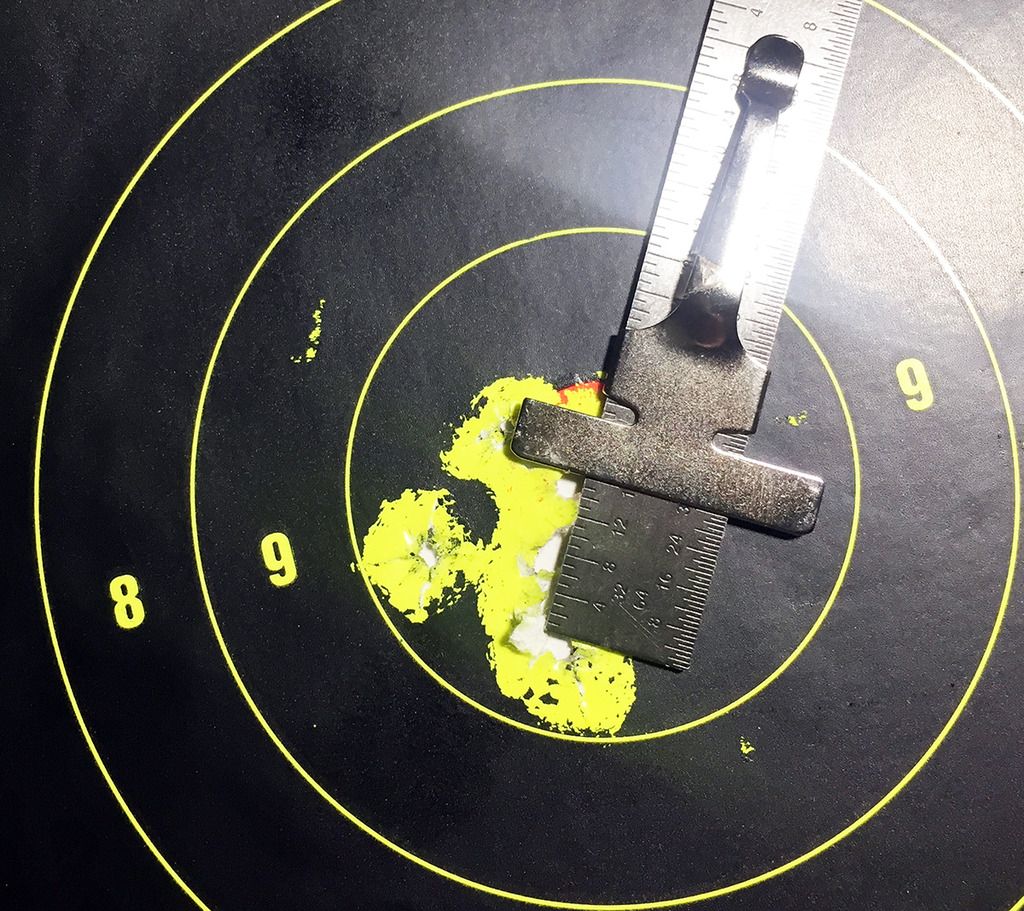Accurate shooting with .22LR rifles requires special techniques for best accuracy, especially group and target shooting. The low muzzle velocity 1,050 to 1,250 fps means that there is greater barrel time than with faster centerfire cartridges.
Longer barrel time means that follow-through in positions and consistent holds on rests affect point of impact to a greater extent. We're not talking about great differences, but when testing ammo/rifles, it's best to remove as many shooter inconsistencies as possible.
Most people who have striven for accuracy with rimfires recognize the need for better ammo, or at least ammo that each individual rifle likes better than others. The best ammo is expensive, but only careful ammo testing of various makes/lots of target/match ammo can determine which to buy for completion, or just for experimenters to find the most accurate for bragging rights, etc. The bottom line on ammo: When you find the most accurate, buy as much of that make/lot number as you can afford.
Setup: Get a vertically-adjustable front rest with a firm bag and a rear rabbit-ear bag, at the very least. Try to set up the same for each shot, including stock pressure against the shoulder. Use the same right hand pressure, cheek pressure (if any), and try to set the front rest so it's not necessary to squeeze the rear bag much, if at all.
For shooting rifles to be used in the field, I often place my hand between the front rest and the forend, to mimic field positions, but with free-floated barrels it's not as critical as when using non-floated ones. There's a big difference in "grouping ability" when in the field, but POI center should be as close as possible to sighting-in zero.
For most field shooting I like sighting-in .22LRs to zero at 50 yards. I find that to be a good situation for shots encountered on small game. Your results may vary, but remember to have a good sight setting for the ammo you're planning to use in the field, since target ammo zero may not be close to HV field ammo zero.
For longer shots, remember that wind deflection beyond 25 yards is greater with regular HV ammo than with standard velocity ammo, due to it passing through the supersonic/subsonic transition zone, often between 25 and 50 yards.
Hyper-velocity LR ammo extends the supersonic range for several yards, but may lose energy more at longer ranges because of lower bullet mass. Hyper-velocity ammo can be very accurate and devastating on small game. Accuracy is a matter of testing, as mentioned.
I hope this helps those who are interested in getting the most out of your particular rifle/ammo. I didn't get into rimfire rifle accurizing techniques, but can do so if people wish.
Longer barrel time means that follow-through in positions and consistent holds on rests affect point of impact to a greater extent. We're not talking about great differences, but when testing ammo/rifles, it's best to remove as many shooter inconsistencies as possible.
Most people who have striven for accuracy with rimfires recognize the need for better ammo, or at least ammo that each individual rifle likes better than others. The best ammo is expensive, but only careful ammo testing of various makes/lots of target/match ammo can determine which to buy for completion, or just for experimenters to find the most accurate for bragging rights, etc. The bottom line on ammo: When you find the most accurate, buy as much of that make/lot number as you can afford.
Setup: Get a vertically-adjustable front rest with a firm bag and a rear rabbit-ear bag, at the very least. Try to set up the same for each shot, including stock pressure against the shoulder. Use the same right hand pressure, cheek pressure (if any), and try to set the front rest so it's not necessary to squeeze the rear bag much, if at all.
For shooting rifles to be used in the field, I often place my hand between the front rest and the forend, to mimic field positions, but with free-floated barrels it's not as critical as when using non-floated ones. There's a big difference in "grouping ability" when in the field, but POI center should be as close as possible to sighting-in zero.
For most field shooting I like sighting-in .22LRs to zero at 50 yards. I find that to be a good situation for shots encountered on small game. Your results may vary, but remember to have a good sight setting for the ammo you're planning to use in the field, since target ammo zero may not be close to HV field ammo zero.
For longer shots, remember that wind deflection beyond 25 yards is greater with regular HV ammo than with standard velocity ammo, due to it passing through the supersonic/subsonic transition zone, often between 25 and 50 yards.
Hyper-velocity LR ammo extends the supersonic range for several yards, but may lose energy more at longer ranges because of lower bullet mass. Hyper-velocity ammo can be very accurate and devastating on small game. Accuracy is a matter of testing, as mentioned.
I hope this helps those who are interested in getting the most out of your particular rifle/ammo. I didn't get into rimfire rifle accurizing techniques, but can do so if people wish.






![11276_417541188418715_8579235361367765103_n[1].jpg](/data/attachments/76/76915-a60a80ed3dd0673bb899d472307d078f.jpg)


